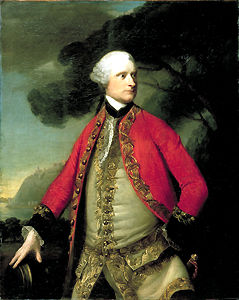Article
A Dish with One Spoon
The term a dish with one spoon refers to a concept developed by the Indigenous peoples of the Great Lakes region and northeastern North America. It was used to describe how land can be shared to the mutual benefit of all its inhabitants. According to the Haudenosaunee (Iroquois), the concept originated many hundreds of years ago and contributed greatly to the creation of the “Great League of Peace” — the Iroquois Confederacy made up of the Seneca, Cayuga, Oneida, Onondaga, and Mohawk nations. The Anishinaabeg (the Ojibwe, Odawa, Potawatomi, Mississauga, Saulteaux and Algonquin nations) refer to “a dish with one spoon” or “our dish” as “Gdoo – naaganinaa.”











